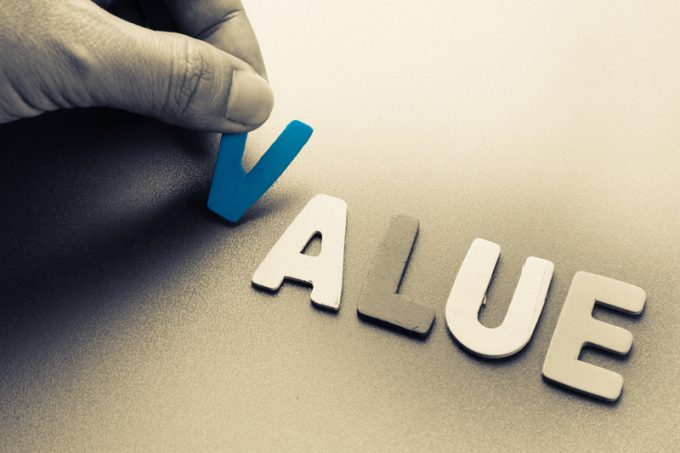MW: Warren Buffett should buy FedEx. It’s cheap and elephant-sized.
Barron’s writes: There is a cottage industry on Wall Street guessing “What would Warren buy?” The ...
US tariffs and trade war will result in 'Covid-like' shortages and layoffs
Ecommerce air traffic to US set to grind to a halt as de minimis exemption ends
Where will the freighters go as capacity shifts from tariff-hit China-US lane?
Apple logistics chief Gal Dayan quits to join forwarding group
Congestion and rising costs at Europe's box ports to last into summer
Widespread blanked sailings stave off major collapse of transpacific rates
Transpac rates hold firm as capacity is diverted to Asia-Europe lanes
End of de minimis will bring turbulence for airfreight shippers and forwarders
Airlines slash freighter capacity post-de minimis, but 'the worst is yet to come'
MSC revamps east-west network as alliance strategies on blanking vary
Maersk u-turn as port congestion increases across Northern Europe
Houthis tell Trump they will end attacks on Red Sea shipping
Gemini Cooperation carriers steam ahead of rivals in reliability stakes
India-Pakistan 'tit-for-tat' cargo ban sparks sudden supply chain shocks
Tariff on imported products for drugs would be hard for US pharma to swallow
Atlas Air stays bullish on US change: 'we're flexible, we can fly to other markets'


Comment on this article